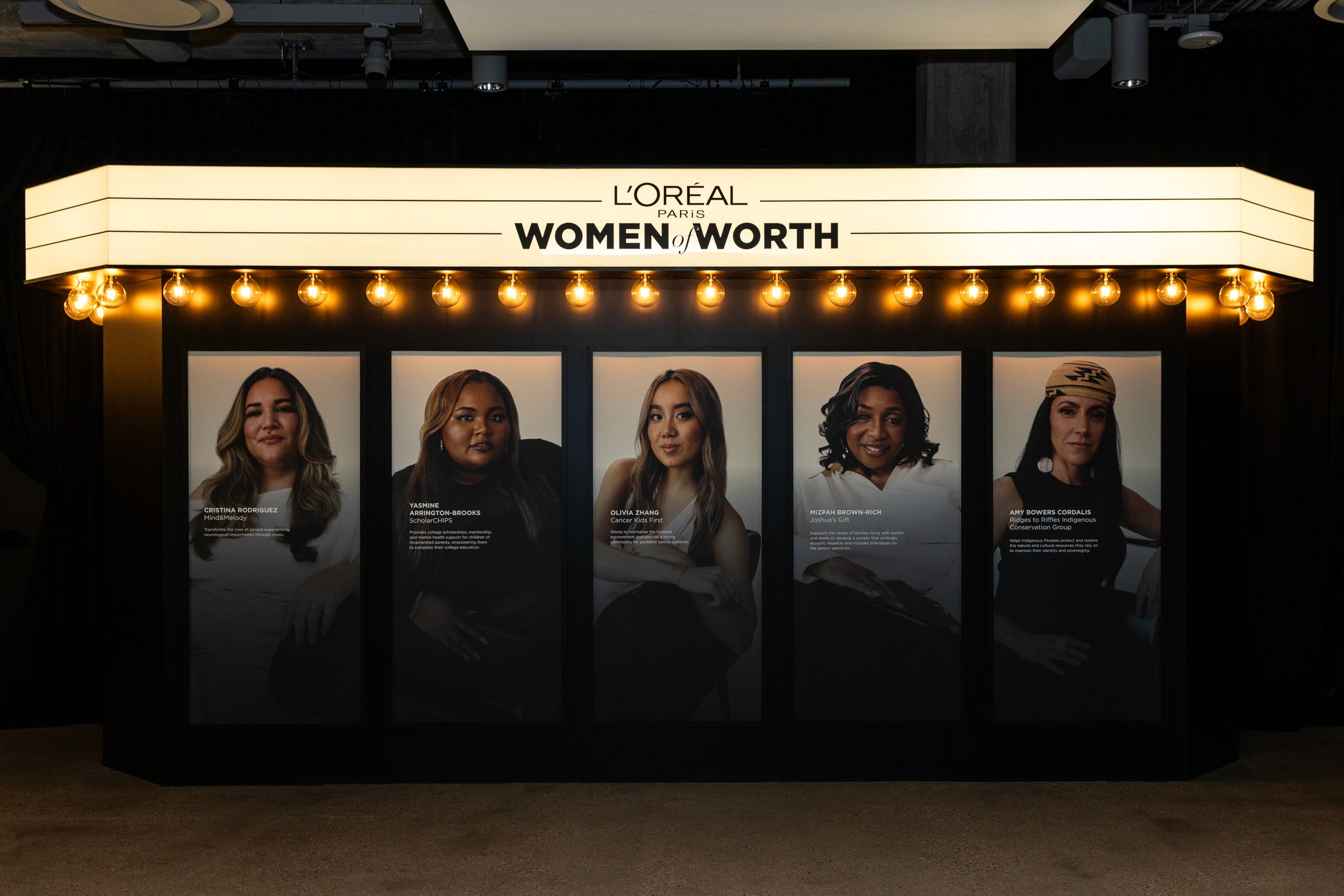The Rise of Safe Hate Spaces: How Honest Discontent is Redefining Consumer Engagement
In 2024, the digital landscape is being reshaped by a new phenomenon: Safe Hate Spaces. The idea that negative opinions can fuel positive engagement is gaining momentum, and brands are finding ways to embrace and even thrive on this dynamic.
Why Hate is Driving Positive Engagement:
Transparency is Key
Consumers want brands to be honest and accountable. According to the Safe Hate Spaces report, 86% of consumers are likely to share their negative experiences online, but 61% are more likely to buy from brands that respond positively. Brands like Oatly have embraced this trend with their bold, rebellious tone, using humor to reclaim hate and turn criticism into connection.Embracing Imperfections
Brands like Nike are leaning into this trend by showcasing authenticity through imperfections. The "Play New" campaign encourages people to try new sports without fear of failure, resonating with audiences seeking unpolished, real moments. This approach helps brands build trust by showing consumers they value the journey over perfection.Engagement Through Authenticity
Safe Hate Spaces are normalizing discontent, creating platforms where consumers feel free to voice their frustrations. This transparency fosters stronger relationships with audiences, as brands that acknowledge their flaws and engage honestly can turn negativity into loyalty. As the report highlights, 91% of consumers reward authentic brands through purchases and recommendations.
Why It Matters for Brands
Brands that adopt this more open, authentic approach will find themselves better equipped to handle criticism, while also driving positive engagement. By embracing negativity and responding with transparency, brands can turn detractors into advocates, creating a more loyal, engaged audience. As noted in the Gradient Whitepaper, honesty is the foundation of modern consumer relationships, and Safe Hate Spaces provide the perfect outlet for this transformation.
— Pauline Oudin
Chief Executive Officer



